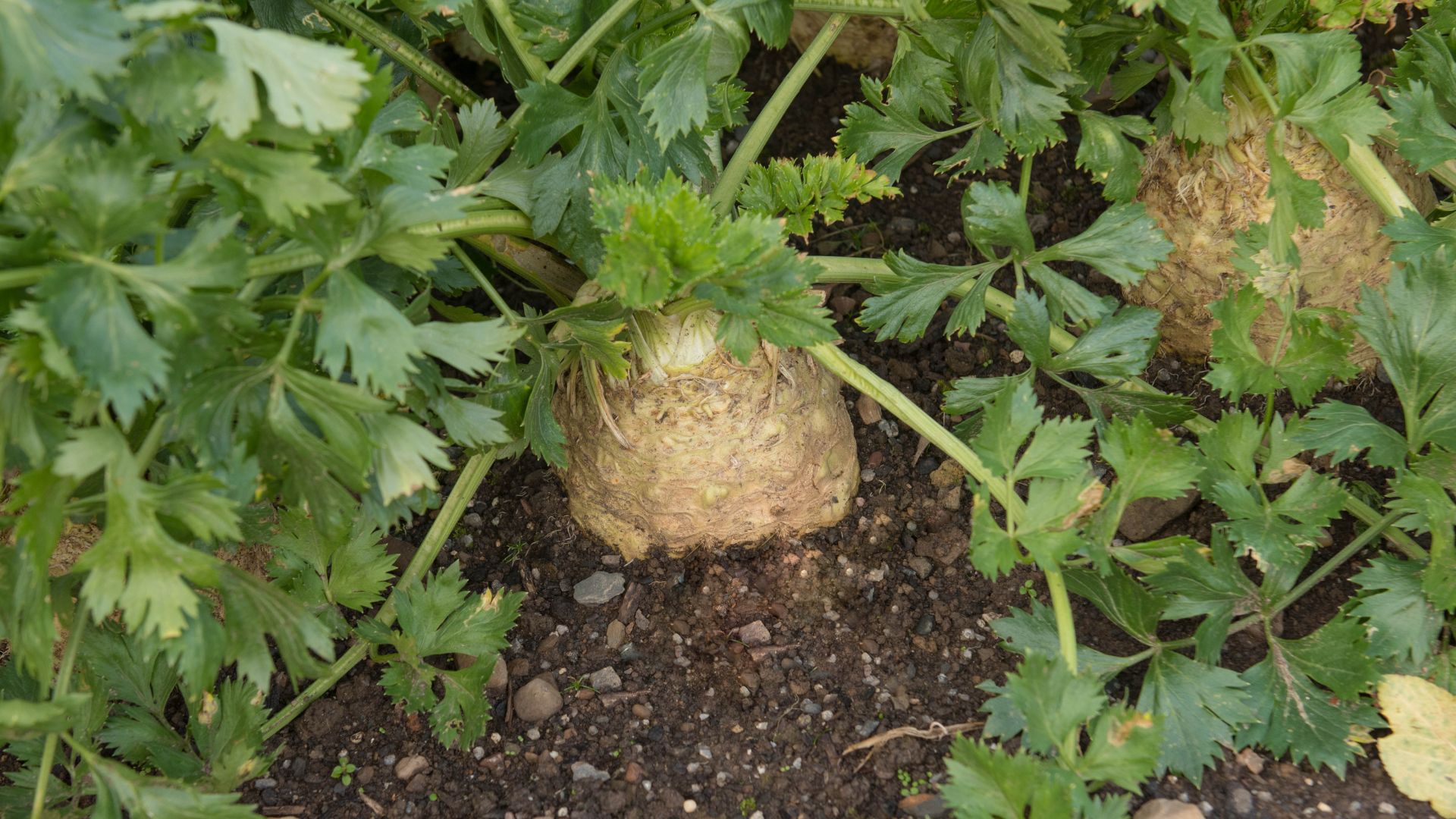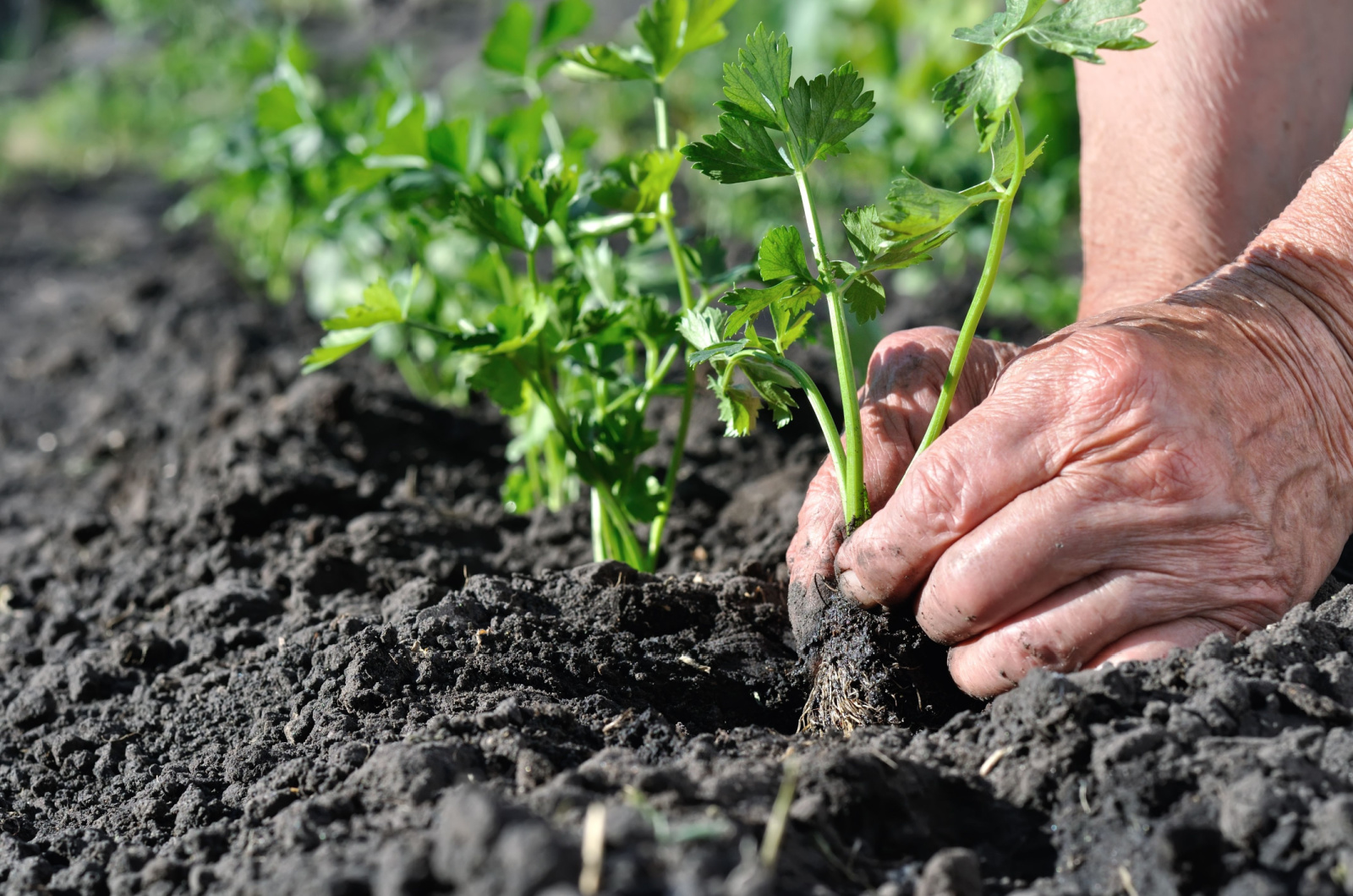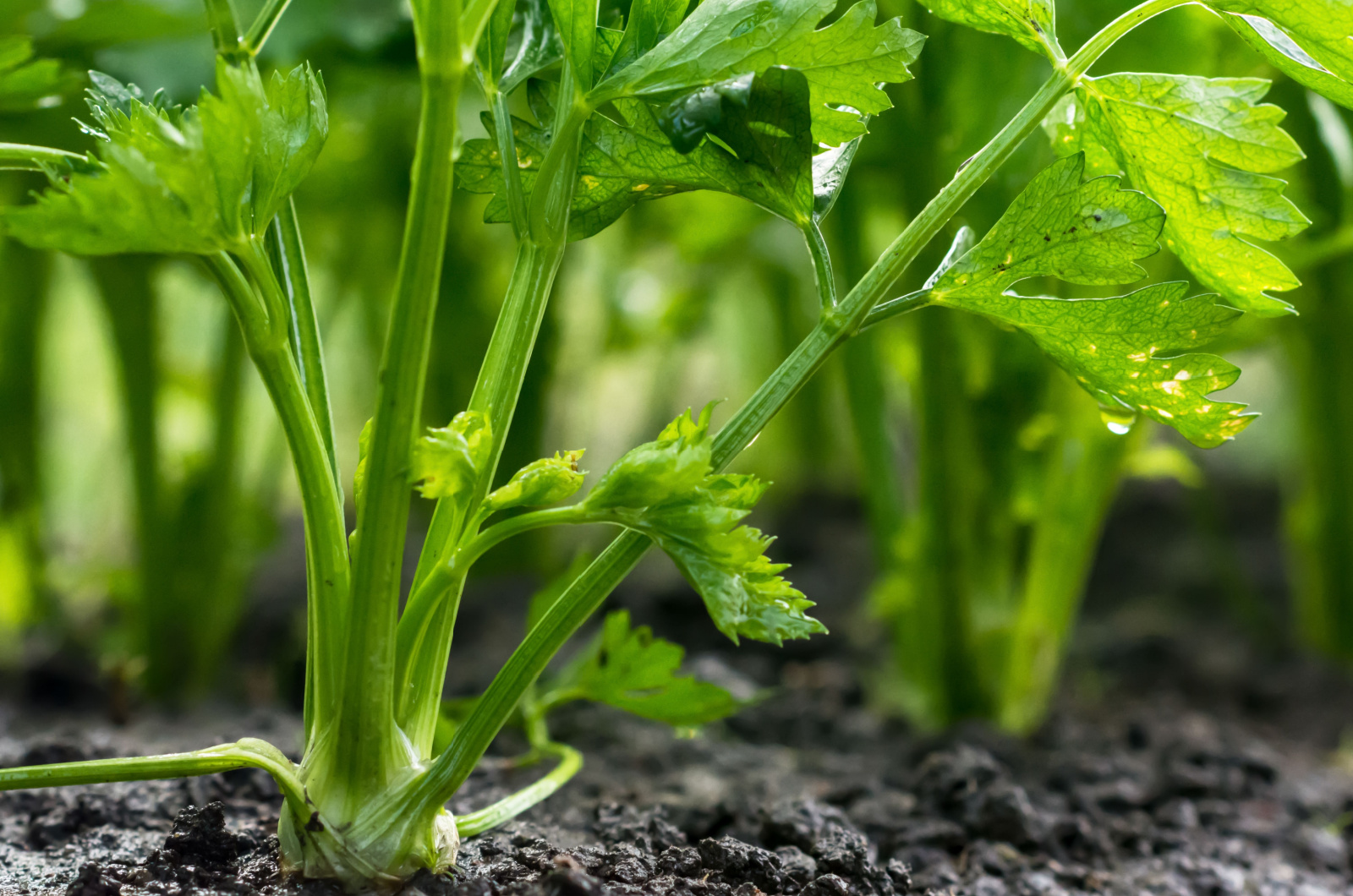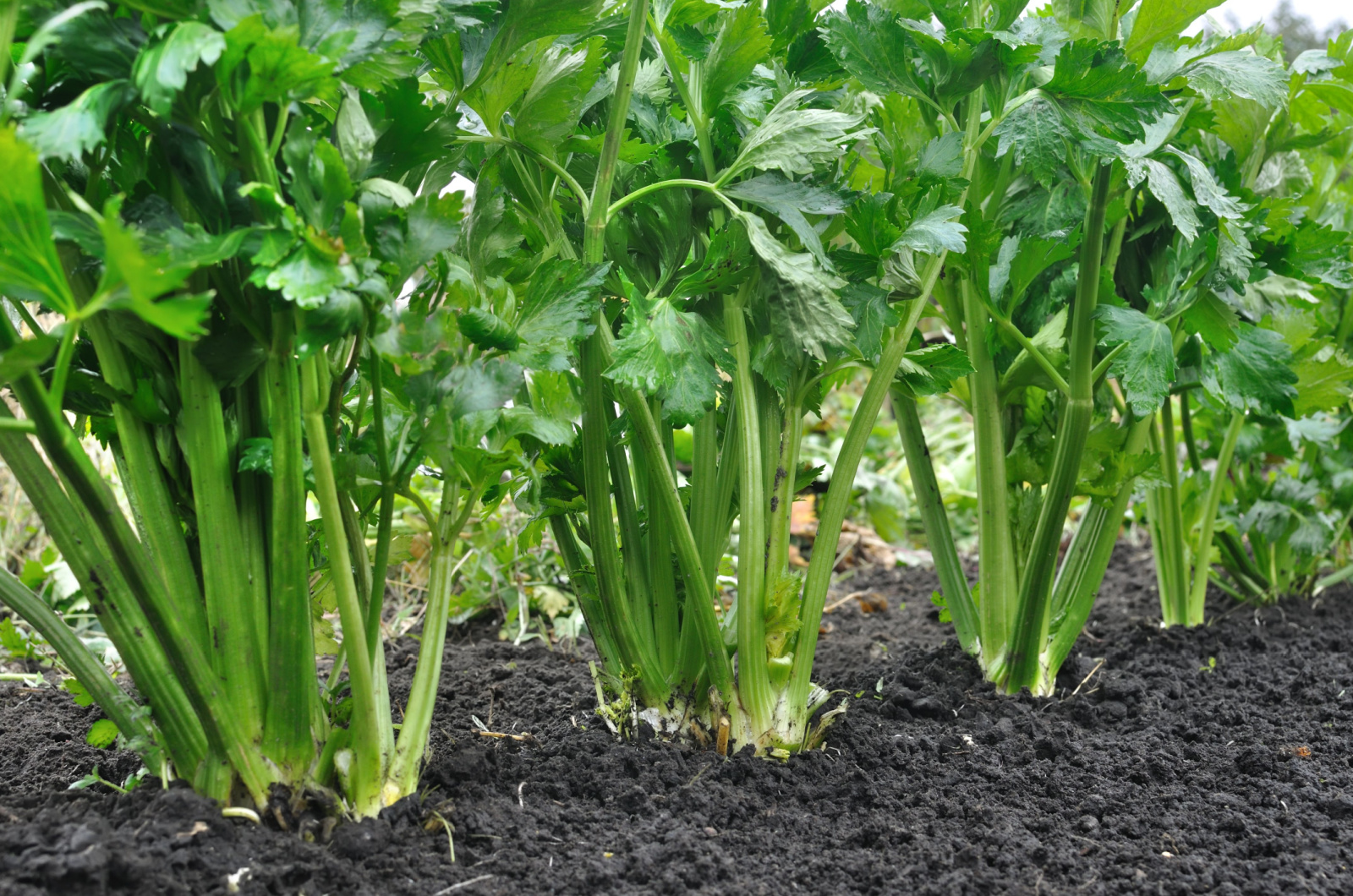The amazing flavor of celery makes the plant a must-have in the kitchen. It’s no wonder so many people try growing this plant in their home gardens!
It’s definitely a better option to cultivate a plant than to purchase it from the grocery store. However, growing celery may not be as easy as many think.
For thriving celery, you need to ensure a perfect environment and meet all the plant requirements.
Don’t worry, I’ve got you covered! In this article, you’ll learn everything about cultivating this amazing veggie!
Let’s get started!
More About Celery Cultivation
There’s one thing to know about celery found in grocery stores and outdoor gardens throughout the US. It’s actually a wild species and is native to cool and humid regions of Asia and Europe.
Interestingly, this leafy veggie was once cultivated for medicinal purposes only.
When compared to store-bought celery, homegrown is more flavorful and has way more leaves. This is, of course, the number one reason why many want to add celery to their outdoor gardens.
If you’re one of them, here’s what to ensure for this veggie to thrive!
Perfect Conditions
Celery is definitely one of the high-maintenance plants and experienced gardeners rarely recommend it to beginners.
So, where’s the catch? For starters, these plants need about 140 days to mature. This applies to many other veggies but the thing is that celery thrives in regions with a long cool growing season.
The soil must be consistently moist for your celery to thrive. Well, you need to ensure 5 months of cool and wet conditions in either spring or fall.
Celery plants thrive at temperatures ranging from 60 to 70 degrees Fahrenheit. Warmer temperatures can kill the plant but the same applies to freezing temperatures.
Covering plants with frost cloth or starting celery from seeds indoors are some of the techniques gardeners use in certain regions to protect their plants.
If unsure about your growing conditions and if they’ll work for celery, you can consult with local farmers or nursery staff for more information.
Cultivating Celery In Different Regions
If you decide to embark on this journey and accept all the challenges, the first step is to determine if you’ll grow celery in your spring or fall garden.
Take into consideration that you’ll need about 5 months of cooler days, but never below freezing.
If you live in the northern regions, you can start celery seeds approximately 10 weeks before the last expected frost (check the forecast regularly).
This is an excellent opportunity to avoid 2 months of outdoor cultivation time! But bear in mind that you’ll most likely need to protect the seedlings from the last frost.
If you live in the southern regions, you should know that this plant performs best as a fall crop. Sow the celery seeds about 10 weeks before the average temperatures are lower than 80 degrees Fahrenheit.
The essential thing is to maintain moisture for your celery if you want a bountiful harvest.
Those who live in central US regions may not like what I’m about to say. Temperatures in these areas go from high to below freezing really fast, so growing celery in such an environment may be too tricky.
But don’t give up on this plant completely! There are some short-season cultivars, such as Tango, that may do well in such conditions. The challenges are high but it’s worth trying.
Tips For Transplanting Celery To Your Garden
Once the celery seedlings emerge indoors and outdoor conditions are favorable, it’s time to transplant them into your garden.
Well, you can’t just take the plants and plant them in the ground. There’s a technique known as hardening off and it will help your celery adapt easier to the outdoor environment.
Take your celery seedlings outdoors every day and gradually increase the time they spend there. When they spend a night outdoors, they’re ready for in-ground planting.
Start with loosening the soil and cover it with about 2 inches of homemade compost. Place your celery seedlings approximately 12 inches apart and irrigate well.
Since moisture plays a crucial role in healthy celery growth, you can put a layer of mulch over the soil. Choose the type based on your preferences; the best mulches for veggie gardens include grass clippings and coconut husk.
You can enhance the flavor by blanching your celery, i.e., wrapping it in cardboard when it’s approximately a foot tall.
Mature plants tend to taste bitter but cardboard will protect the plant from too much sun and the flavor will be just perfect!
Consider growing some celery companions; alliums will deter pests whereas beans will boost nitrogen levels in the soil.
Cultivating celery in a home garden isn’t an easy task but remember that hard work will pay off: homegrown celery tastes heavenly;




